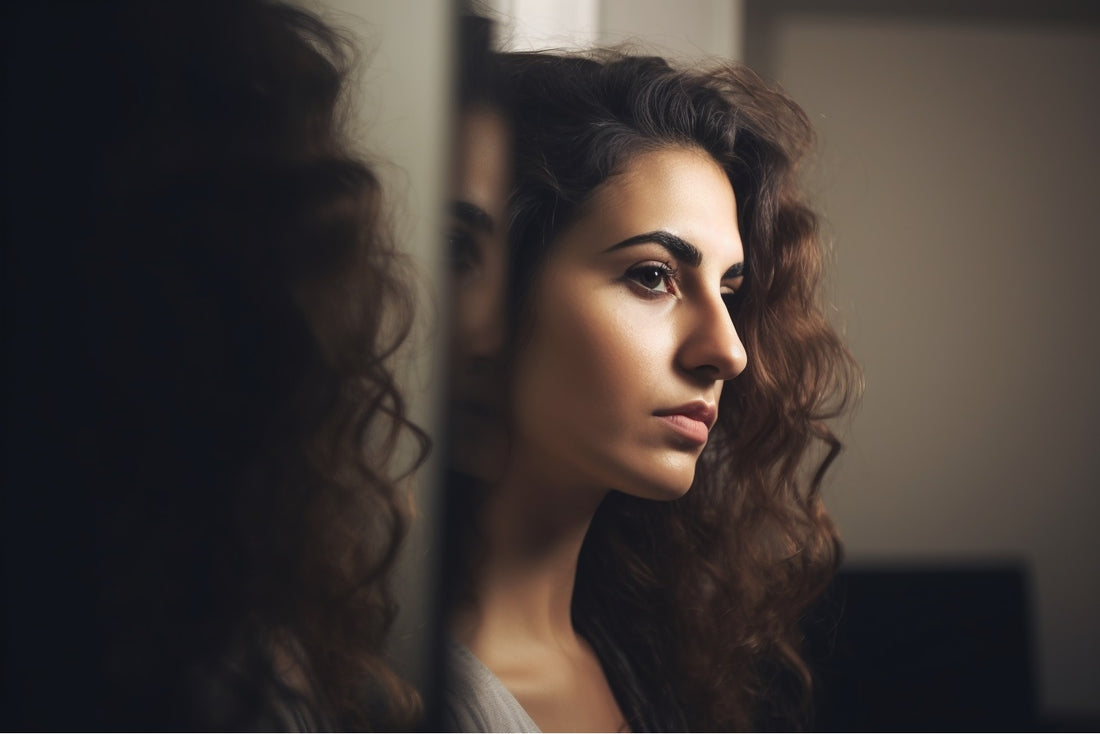
Understanding Your Hair Type
Share
How to Choose Essential Oils for Your Hair
Everyone's hair is unique, but there are some common characteristics that can help you identify your hair type. Knowing your hair type can help you choose the best essential oils to address your specific hair needs. In this blog, we'll go over the different types of hair and how to identify your hair type.
- Straight Hair
Straight hair is characterized by its lack of curl or wave. It can be fine, medium, or thick in texture. People with straight hair may experience issues such as oiliness or flatness. Essential oils that can benefit straight hair include Oleum Jojoba oil, Oleum Argan oil, Oleum Coconut oil, and Oleum Sesame oil. These oils can help to balance oil production, promote scalp health, and add volume to flat hair.
- Wavy Hair
Wavy hair has a slight curl or wave pattern. It can be fine, medium, or thick in texture. People with wavy hair may experience issues such as frizz or lack of definition. Essential oils that can benefit wavy hair include Oleum Flaxseed oil, Oleum Olive oil, Oleum Rosemary oil, and Oleum Basil oil. These oils can help to reduce frizz, define curls, and promote healthy hair growth.
- Curly Hair
Curly hair has a definite curl pattern, ranging from loose waves to tight coils. It can be fine, medium, or thick in texture. People with curly hair may experience issues such as dryness or frizz. Essential oils that can benefit curly hair include Oleum Black seed oil, Oleum Amla oil, Oleum Fenugreek oil, and Oleum Lavender oil. These oils can help to moisturize hair, reduce frizz, and define curls.
- Coily Hair
Coily hair has a tight curl pattern, ranging from small coils to zig-zag patterns. It is often referred to as "kinky" or "nappy" hair. It can be fine, medium, or thick in texture. People with coily hair may experience issues such as dryness or breakage. Essential oils that can benefit coily hair include Oleum Castor oil, Oleum Camphor oil, Oleum Wheat Germ oil, and Oleum Dill oil. These oils can help to moisturize hair, reduce breakage, and promote healthy hair growth.
How to Identify Your Hair Type
To identify your hair type, start by observing the natural texture of your hair. Is it straight, wavy, curly, or coily? Next, consider the thickness of your hair. Is it fine, medium, or thick? Finally, think about any specific issues you experience with your hair, such as dryness or frizz.
By understanding your hair type and its specific needs, you can choose the best essential oils to address your hair concerns. You can use essential oils in a variety of ways, such as adding a few drops to your shampoo or conditioner, using them as a scalp treatment, or applying them to your hair as a styling aid.
Remember, it's important to experiment with different oils and combinations to find what works best for your hair type and texture. What works for someone else may not work for you, so don't be afraid to try different things until you find the perfect combination for your hair.
In conclusion, understanding your hair type is key to choosing the best essential oils for your hair. By identifying your hair type and its specific needs, you can select the essential oils that will help to promote healthy, beautiful hair.
